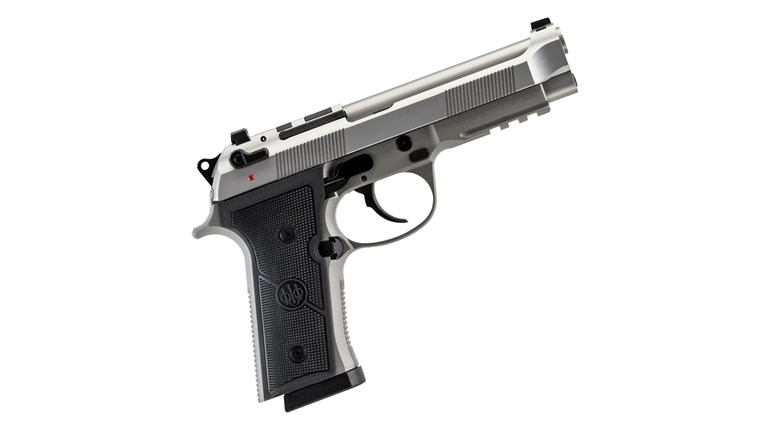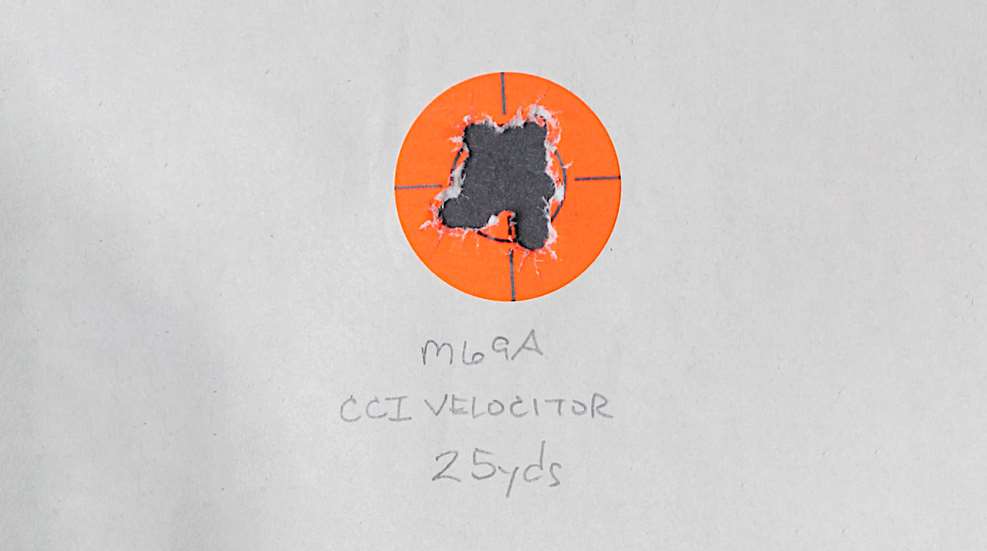
Dictionary definitions for accuracy include “precision;” definitions for precision include “accuracy.” Colloquially expressed, a precision rifle can shoot with exceptional accuracy. An accurate rifle can shoot with exceptional precision. Ammunition can perform with precision, but claiming its accuracy is a different matter.
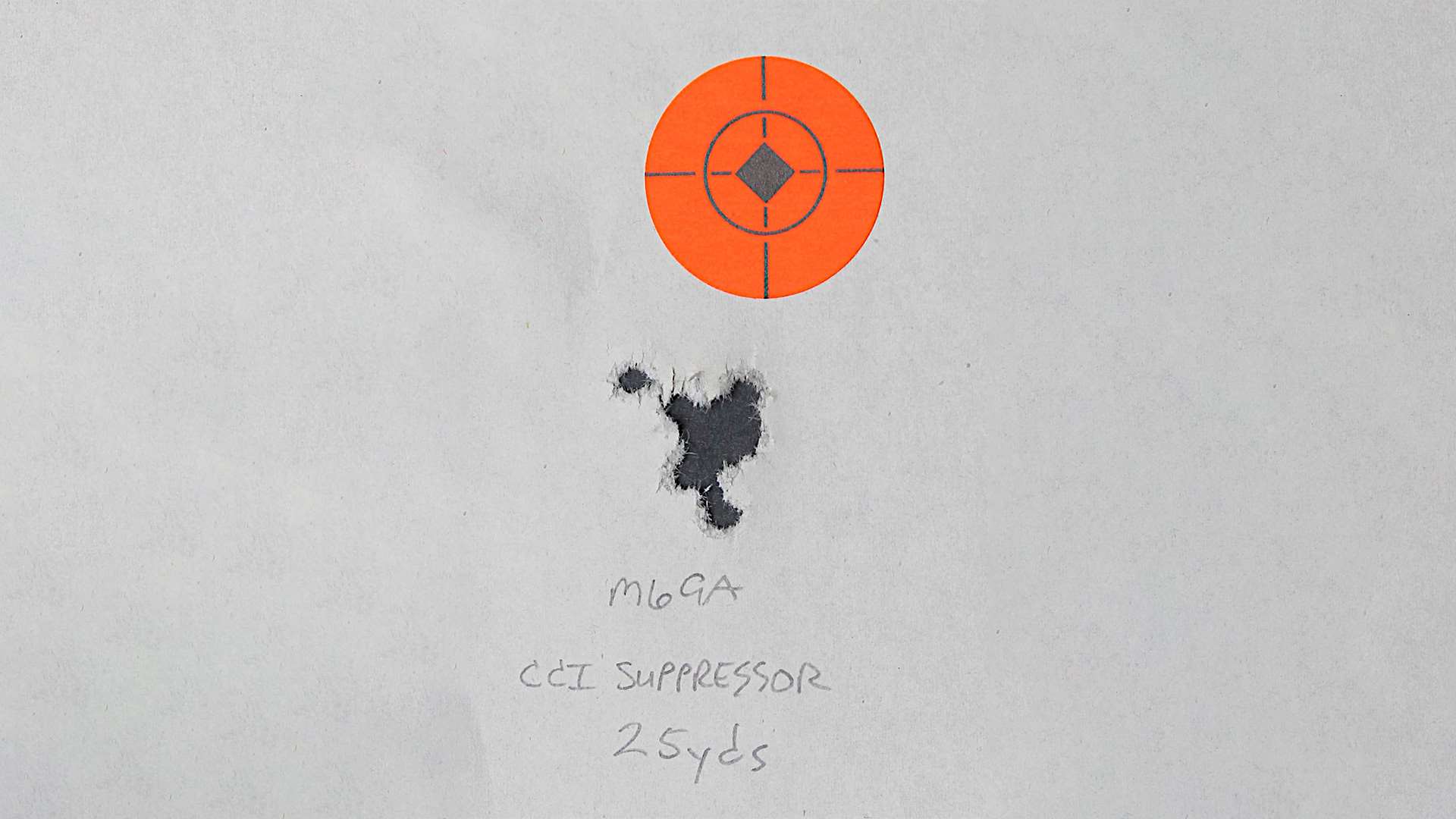
Accuracy and precision refer to two different methods of measurement, each appropriate to their applications. Do we determine a bullet’s weight by measuring its circumference, or a barrel’s rifling twist rate by taking its temperature? No, because those methods of measurement aren’t appropriate to weighing bullets or finding twist rate. There is a real difference between accuracy and precision as descriptive scientific terms of measurement. Accuracy refers to how close something is in relation to a known value, while precision is about measuring repeatability. Applying these terms to the shooting sports:
- Accuracy is a reference to the firearm, where the known value is the point of aim, that is, where the sights or scope reticle are aligned on the target.
- Precision as the repeatability aspect is a characteristic of the ammunition, how precisely one bullet follows the next to the same place, which we shooters measure as group sizes.
As a practical illustration, consider a given ammunition that punches tiny groups in a paper target exactly where the rifle scope reticle is aligned; in this scenario, the firearm is accurate and the ammunition performs with precision. But if those tiny groups are not appearing where the shooter sees the reticle rest on the target, then the firearm lacks accuracy because the groups deviate from the known value (point of aim), though the ammo still performs with precision. The rifle becomes accurate when the scope is adjusted to place the reticle in the center of the group.
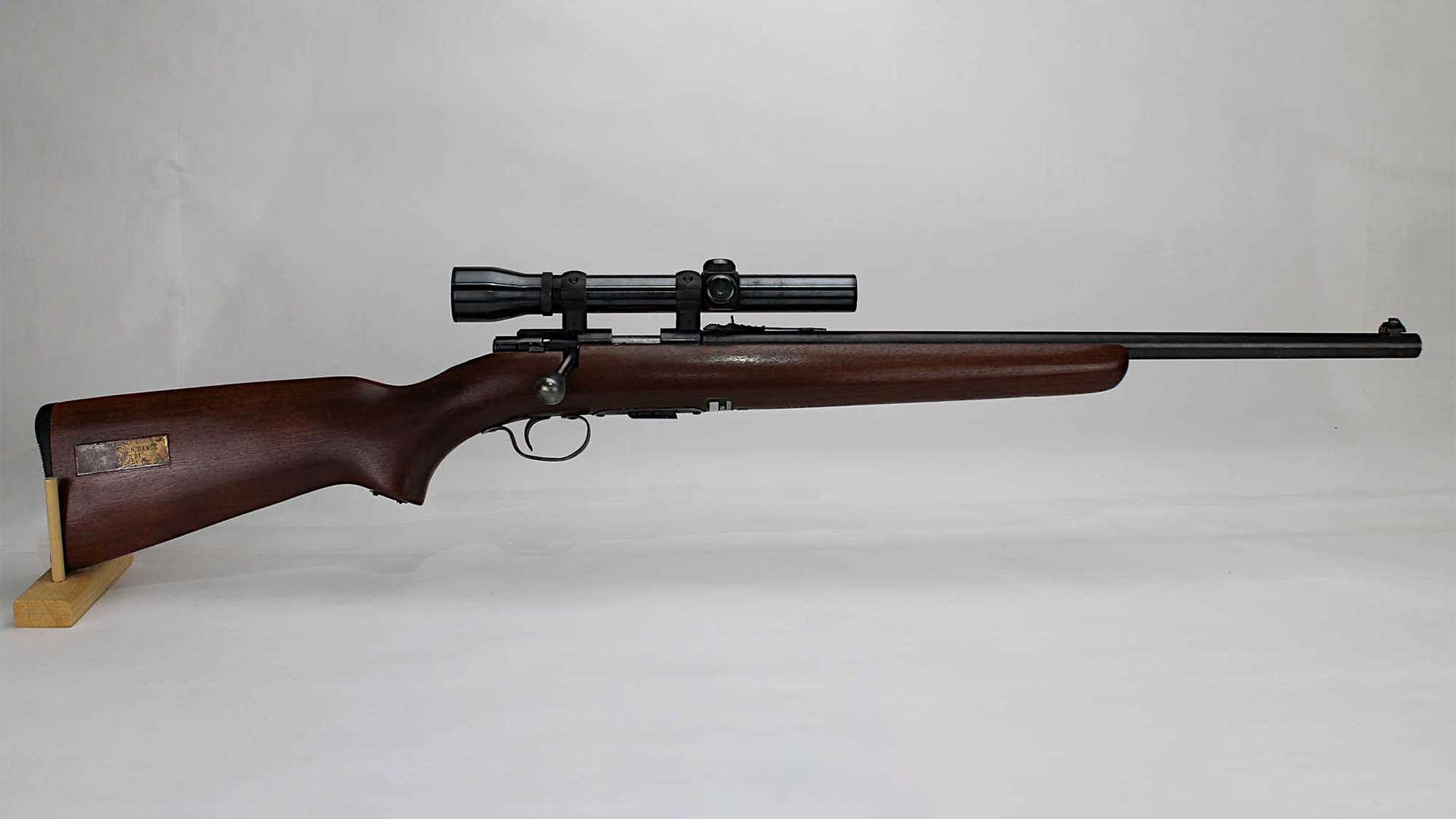
TOO MANY VARIABLES
Ammunition that does not place its bullets close together on the target satisfactorily lacks precision. Ammunition could be accurate in the scientific sense only if we assign it some kind of known value, and measure its deviation from that known value. One problem here is that claiming ammunition is accurate is completely dependent upon its application. If the known value is the vital area of a mule deer at 150 yards, then most hunting ammunition can be called “accurate.” Now change that same ammo’s application to competitive shooting, and it likely would fail to find the X-ring from the 600-yard line, and now we’d consider it no longer accurate. But any supposed ammunition accuracy is also dependent on the firearm, as well. Top-tier precision ammo is not going to make an off-the-shelf M1 Garand battle rifle competitive in an NRA Mid-Range match—with such a rifle and application, the finest precision ammo on the planet cannot demonstrate accuracy.
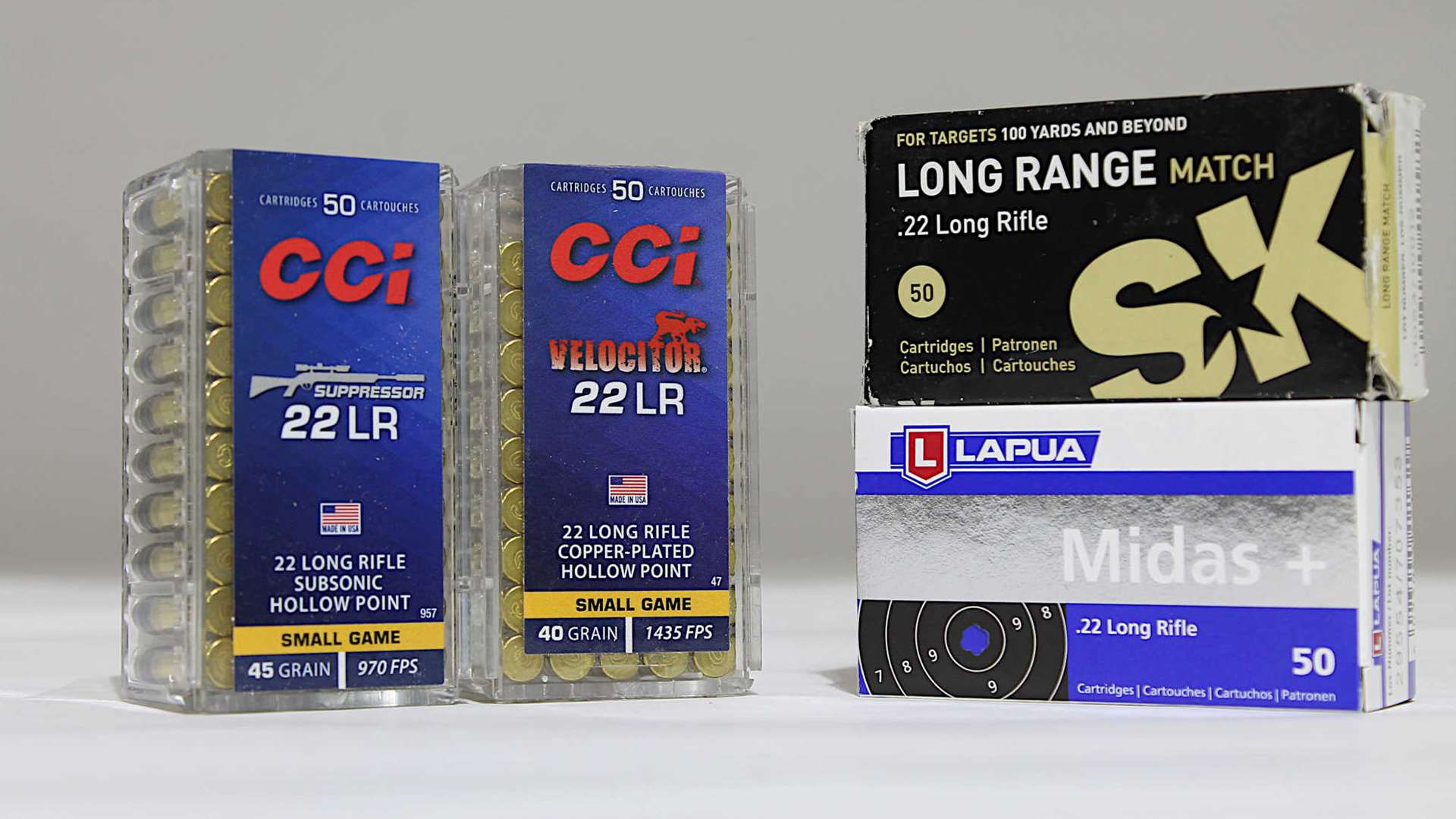
Also, ammunition that may be accurate at short range will not be so at extended ranges unless the known value—the sight or scope—is adjusted to compensate for bullet drop across the increased distance. And once rear sight or scope elevation is adjusted for increased distance, that same ammunition is now not accurate at short range, because it will now group shots above the point of hold at short range.
Consistency is the cornerstone of science, and assigning accuracy as a scientific term to ammunition would require changing the known value for every application, every firearm and every change in distance. It’s complicated to properly claim that ammunition is “accurate” when the known value is inconsistent; at the least, every such claim would require multiple caveats. Thus, we are concerned with ammunition precision (repeatability—all shots going to the same place) rather than ammunition accuracy, the latter of which for practical matters has too many dependent variables to be useful.
LANGUAGE VS. SCIENCE
Confusion between accuracy and precision occurs for perhaps two reasons, the first because, though the two concepts are different, we shooters utilize the same unit of measurement, the inch, for both. The larger reason, however, is that our use of colloquial language is not always concurrent with the language of science. Accepted dictionary definitions of “accuracy” and “precision” are, to some degree, conversationally interchangeable, especially as adjectives. But when applied to a technical pursuit such as rifle and ammunition performance, recording each as data and making claims for their performance requires consistently assigning them their scientific definitions, important as a matter of clear communication.
We muddy the language waters with terms like “precision rifle” and “accurate ammo.” While the latter is too slippery to properly use in our context, “precision rifle” has become conversationally accepted as a standalone noun, rather than an adjective describing the noun—the precision rifle has become an object separate and different from a mere rifle. The precision part of “precision rifle” describes its repeatable accuracy in comparison to a common rifle, typically achieving such precision by being “accurized” via bedding, a heavy barrel, match chamber and other means.
CHANGE VIA MISUSE
Like everyone else, shooters routinely misuse language, and yet we may still understand the meaning. For example, is a detachable pistol magazine a “clip?” No, it is a magazine—a clip, instead, is a completely different device for rapidly loading cartridges into a magazine (e.g., “stripper clip” or “en bloc clip”). Though while calling a magazine a “clip” is incorrect and can result in miscommunication, most shooters will understand the speaker means “magazine” when it is heard in context, such as, “I need a clip for my 1911.” It is a word that has changed meaning through common misusage.
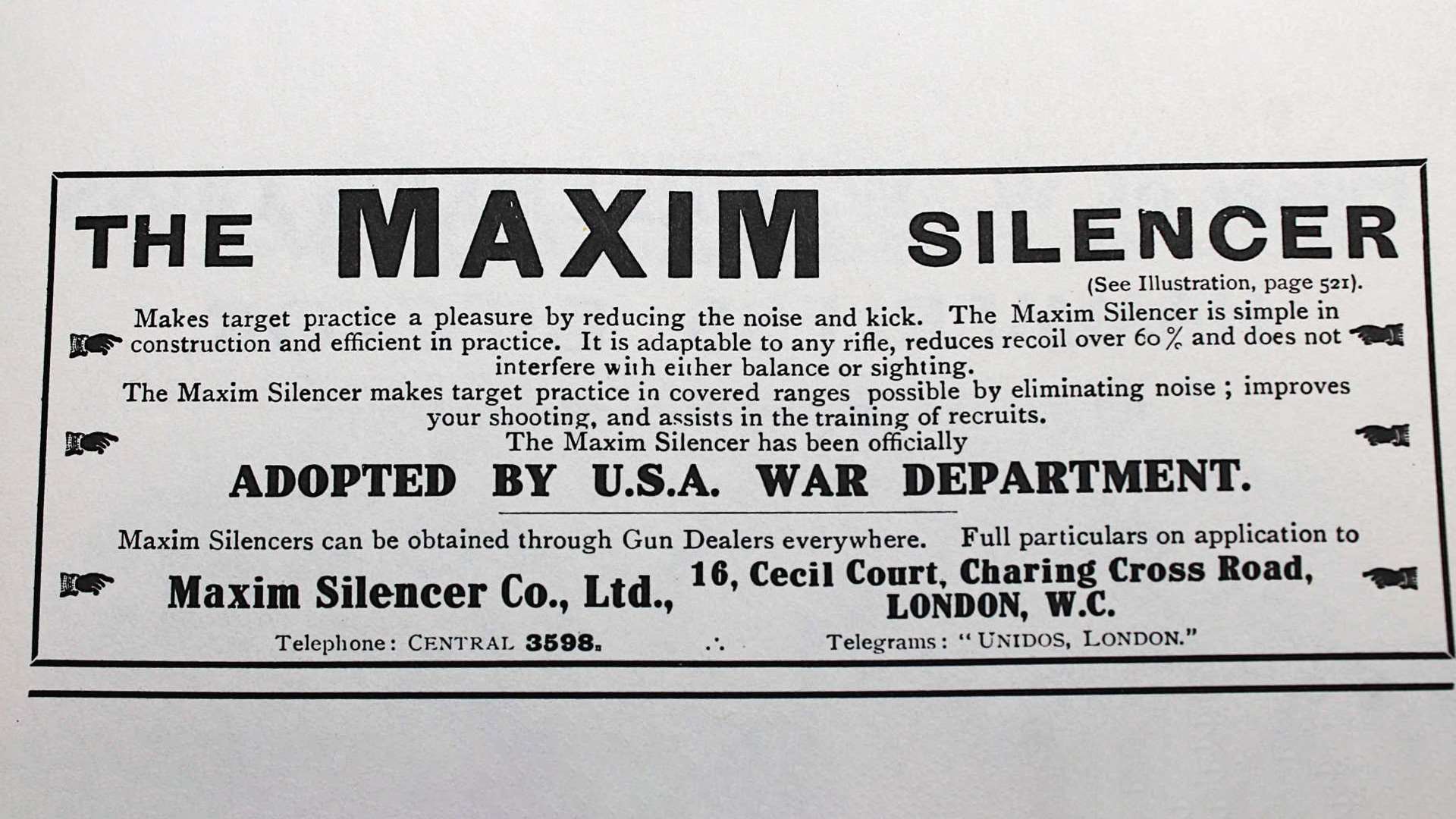
Language is fluid, and linguists acknowledge that the meanings of words routinely change over time through common misusage. Many people call a facial tissue a “Kleenex,” a toy plastic flying disc a “frisbee” and a suppressor a “silencer.” These words, however, are trademarked or copyrighted brand names for products, not the descriptor of the products themselves; they have entered the American lexicon as nouns through common misusage. A more recent example, the word “Google” is originally a noun, the name of a company (and itself likely a contraction of “googleplex,” a large number). But it is now also a verb: if we need some bit of information, we “google it.”
There are many different languages, and they are all in continuous flux with additions and changes in the meaning of their words. Science and mathematics, however, are necessarily universal languages that provide a bridge to common understanding despite differing languages. Misusing scientific terms like accuracy and precision will not change their meaning, but perhaps shows the speaker (or writer) lacks understanding of the science.
Common misusage has made accuracy and precision interchangeable terms among shooters, though the two concepts in science and in technical applications such as with firearms are quite different. So long as speaker and listener understand each other, it’s of no real consequence, but in sharing technical information, the difference becomes important for clarity—and perhaps for credibility.














